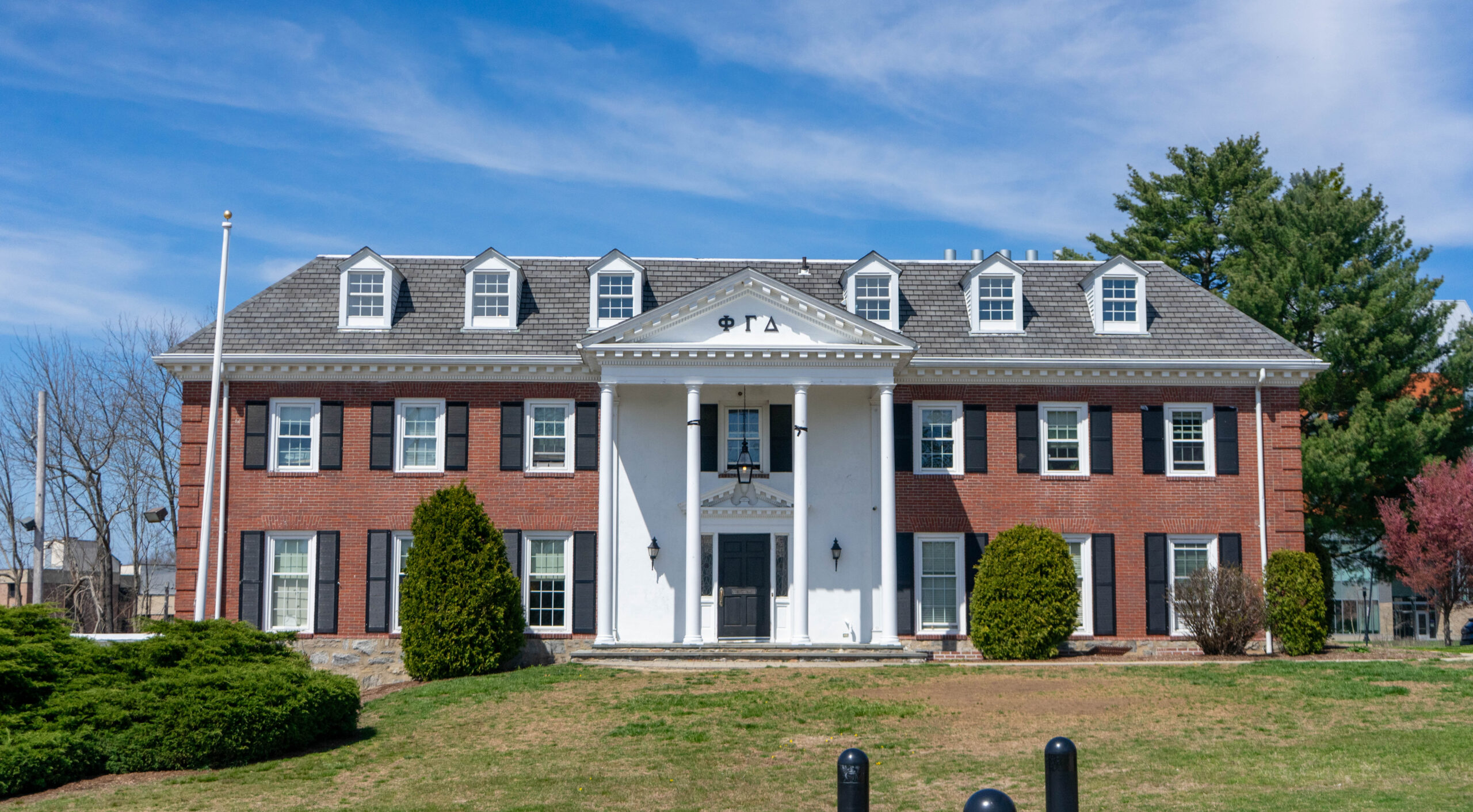Quinn Hall, a building next to the quad, tested higher than any other building on campus when the University of Rhode Island Office of Utilities staff collected water samples for analysis of lead levels in the drinking water in February.
All other buildings on campus tested at 0.005 mg/L or below, according to the Water Quality Report. Quinn Hall tested at 0.012.
“The lead and copper rule states that 90% of the samples collected have to meet the action level, which would be 0.015 mg/L,” Bob Bozikowski, assistant director of utilities for URI, said. “All of our samples that we’ve collected have met that requirement.”
During the survey, the Office of Utilities tested the lead levels from 60 locations on campus.
“We have a transient population, because students are here for a short amount of time, and so as long as we are meeting the requirements for the Safe Drinking Water Act, I don’t see that there’s any hazard,” Bozikowski said.
The water from Quinn Hall does not get their water from another location, and that building just happened to have the highest concentration of lead during this round of testing, according to Bozikowski.
“The regulations are there to protect people’s health, and we are in compliance,” Bozikowski said. “The notices that we put out are also required. We’re with the intent that the public should know what’s contained in their drinking water.”
For more information on water regulations, visit the United States Environmental Protection Agency website.





